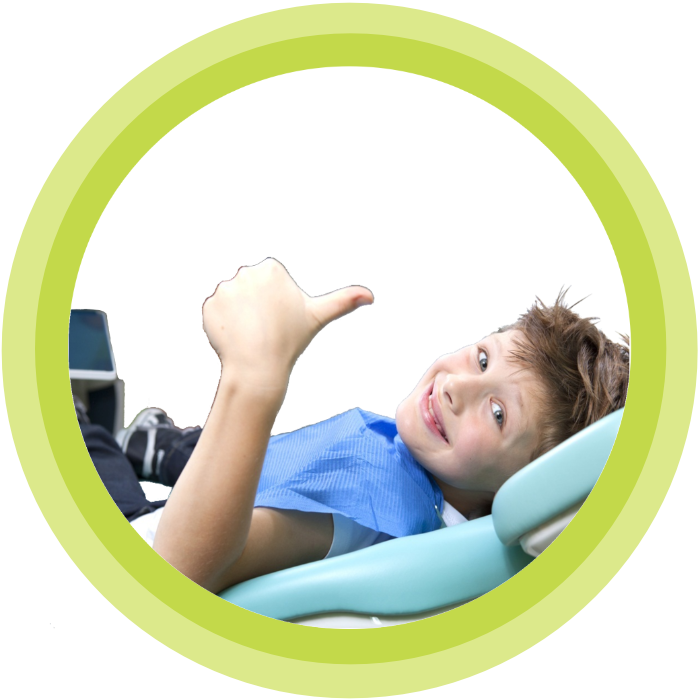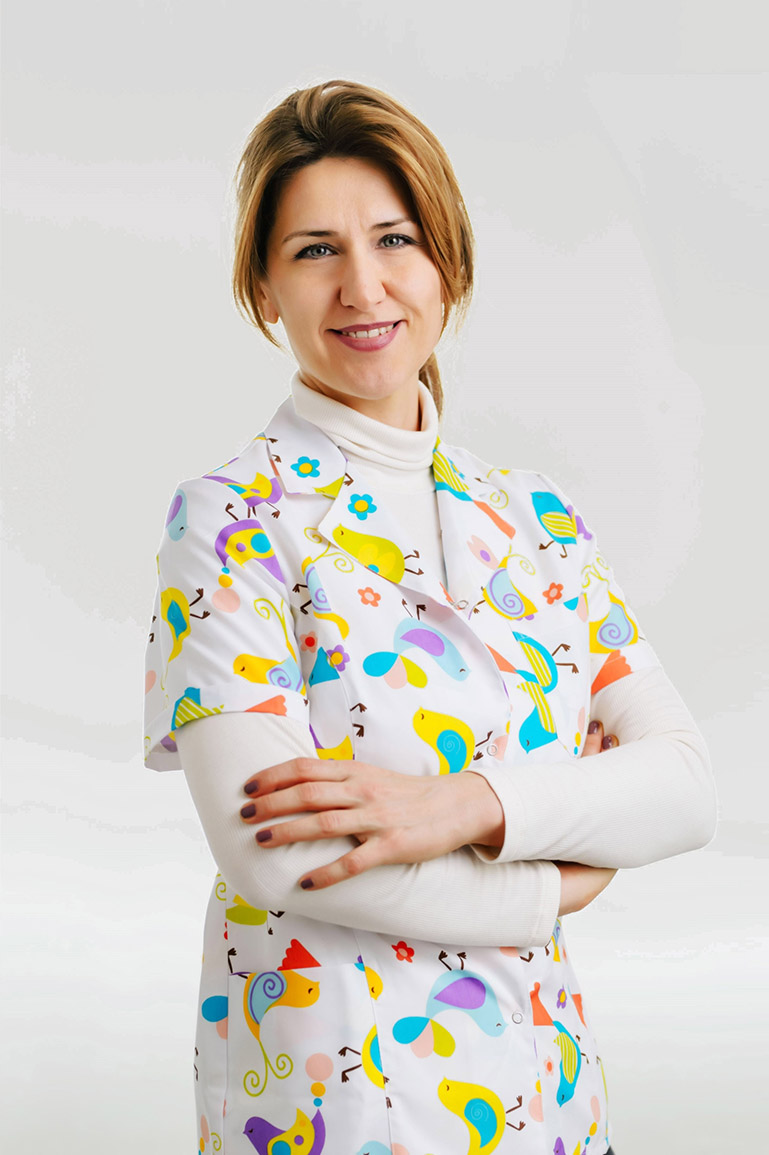Constipation in children is a common problem which, due to the discomfort and trauma it causes to the child, can have long-term consequences and be prolonged into adulthood.
Not every organism is the same, so the number of bowel movements per day cannot be the same for every child. This number can also be affected by the food the child takes in, physical activity and other factors.
Some children have a bowel movement several times a day. If your child has bowel movement only several times a week, this is not necessarily a cause for concern, as long as the stool is soft and the process is pain-free. In any case, the diagnosis of constipation and possible treatment should be carried out by a professional, and parents should not act on their own assessments.
If the stool is not regular, fecal mass accumulates in the intestines. This causes the bowels to expand and the stool becomes hard and difficult to eject. Eliminating such a stool is painful and can be accompanied by bleeding, which causes fear in the child and the child delays going to the toilet. Fear also causes muscle contraction in the pelvic region, which makes the situation even worse.
Very tidy and clean children may avoid emptying their bowels because they see it as a dirty activity. All this leads to the creation of a vicious circle from which it is difficult to get out without professional help.
Parents often use natural remedies in these situations, increase fluid intake or give their children probiotics, but these approaches are not long-term solutions.
Constipation in children requires professional help and psychological supervision, because in addition to impairing physical health, it can cause psychological problems, due to trauma, feelings of shame, criticism and the like.
At Medikid, for the first time in Montenegro, we use a globally tested approach to resolving constipation in children, the so-called "bowel management programme".
The programme usually lasts one week, and adapts to the problems the child has through individual treatment plans. On the first day, after the diagnosis, the child has an abdominal X-ray done. It is necessary to determine the shape and position of the bowel and the amount of fecal mass. Depending on the results of the X-ray and the patient's symptoms, a treatment plan is determined, which may include enemas, medications, changes in diet or psychological counseling.
In the following days, the patient adheres to the plan determined by the specialist, with daily communication with the parents about the progress. If necessary, the plan can be adapted to achieve optimal results. The ultimate goal of the program is to remove barriers that prevent the normal function of the intestines, as well as for the child to gain a healthy routine in stool regulation. At the end of the programme, the patient periodically reports for progress monitoring.
The success of the programme depends on the proactive commitment of all parties (doctor, child, parents), and the impact on improving the child’s quality of life and self-confidence is priceless.

